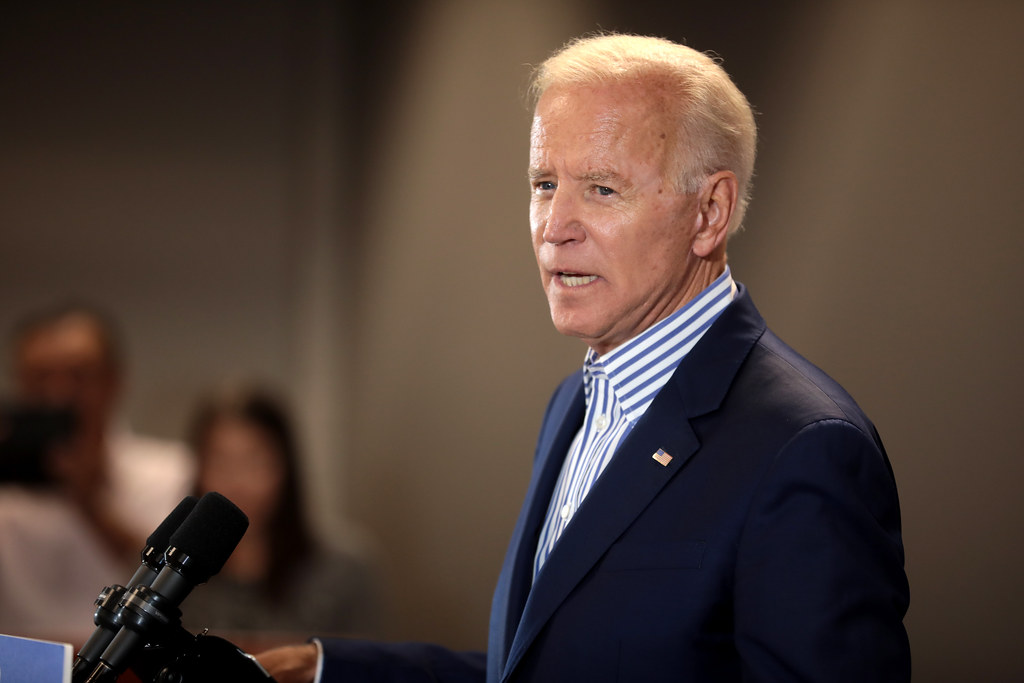
Stellantis NV and Toyota Motor Corp. blasted a Biden administration plan to squelch auto pollution, saying it would compel aggressive and unrealistic sales of electric vehicles that strain critical mineral supplies.
In comments filed with the federal government, the automakers warned that proposed emission curbs for cars and light trucks are overly optimistic and discriminate against plug-in hybrid vehicles.
The administration’s proposal “underestimates key challenges, including the scarcity of minerals to make batteries, the fact that these minerals are not mined or refined in the US, the inadequate infrastructure and the high cost of battery-electric vehicles,” Toyota said.
The comments come as automakers grapple with what would be the most ambitious US tailpipe emission limits ever, applying in model years 2027 and beyond. To meet the limits on carbon dioxide, soot and smog-forming pollution, the Environmental Protection Agency envisions automakers will have to massively boost electric vehicle penetration so that EVs account for 67% of new light-duty vehicle sales and 46% of new medium-duty vehicle sales in model year 2032. By contrast, battery electric vehicles and plug-in hybrids represent less than 10% of the market today.
Though companies could comply using other technology, the proposed standards are based on as much as 70% of fleets being emission-free, and critics have dubbed the proposal a defacto EV mandate that stifles consumer choice. The plan exceeds President Joe Biden’s earlier goal for half of new passenger cars and light-duty trucks to be zero-emitting vehicles by the end of the decade.
Ford Motor Co. was one of several automakers encouraging the EPA to ease the stringency of its requirements in the short term, between 2027 and 2029, creating a softer on-ramp to the planned 2032 standards. As proposed, EPA would mandate roughly equal pollution reductions annually. Toyota called the initial proposed annual stringency increases “extreme.”
Stellantis, formed from the merger of Fiat Chrysler and France’s PSA Group in 2021, said the EPA had an “overly optimistic expectation for EV market growth” and was “assuming a ‘perfect’ transition,” while underestimating challenges such as lagging manufacturing capacity and consumer support. The EPA’s envisioned EV “adoption rate far exceeds what is supported by the policy actions in place and adds significant risk to the automotive industry who must comply with these standards whether these assumptions hold true or not.”
Toyota faulted the EPA for relying on a “cursory assessment” about the supply of critical battery minerals, including from US deposits.
Tesla Inc., on the other hand, urged the EPA to move even more aggressively, given “the rapid pace of light-duty vehicle electrification.” Since the technology has “been amply demonstrated, is being rapidly deployed, and has significantly decreasing competitive costs,” the agency should target a battery electric vehicle penetration rate of at least 69% in model year 2032, Tesla said.
Toyota and Stellantis have both laid out ambitions to rev up their own EV sales after lagging behind peers in vehicle electrification.
General Motors Co., which last year committed to 50% EVs by 2030, said it supports regulation mirroring Biden’s 2030 EV sales goal. But it warned the EPA plan could force automakers go further around 2030, and the ability to hit some targets isn’t clear. GM is encouraging the government to create an incentive to streamline regulatory requirements for fast-moving companies that exceed some targets.
Gasoline and ethanol producers said the government was discounting the potential of low-carbon fuels to reduce emissions. By focusing only on tailpipe pollution, the EPA “paints a distorted picture and perpetuates the false notion that electric vehicles are ‘zero emitters,’” the American Fuel and Petrochemical Manufacturers said. The approach ignores pollution associated with manufacturing and powering electric cars, and “heavily puts the thumb on the scale in favor of EVs,” said the pro-ethanol group Growth Energy.
(By Jennifer A. Dlouhy, with assistance from Gabrielle Coppola)
Read more: IEA says critical minerals supply could pull close to demand by 2030
Comments